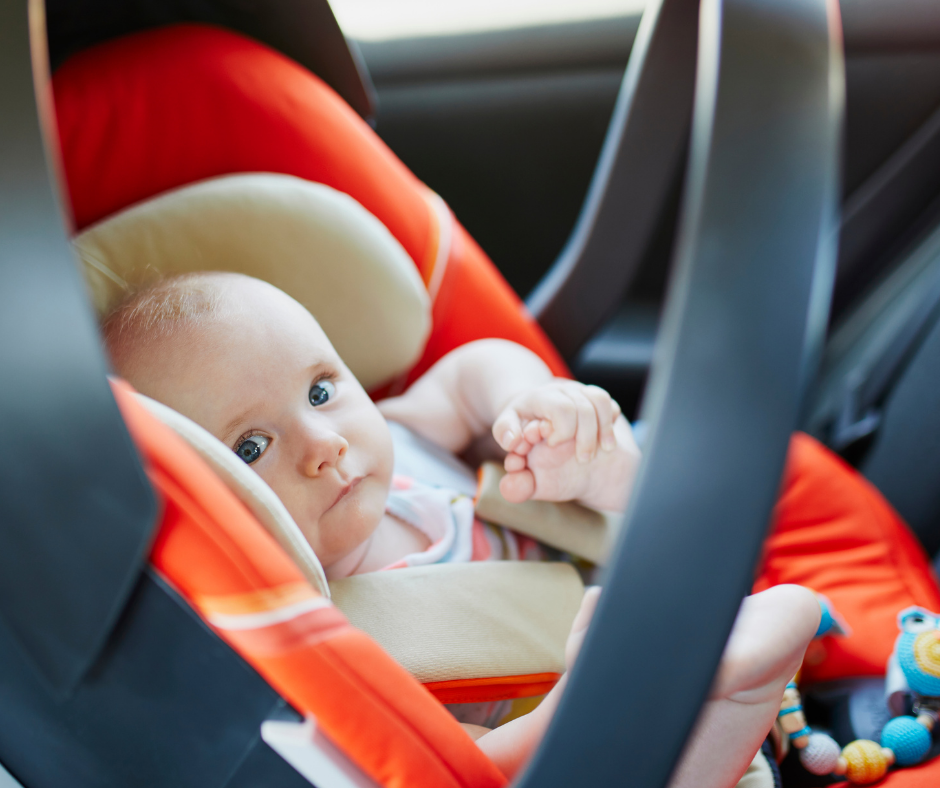“Even one child dying in a hot car is too many,” says Amy Artuso, senior program manager of advocacy at the National Safety Council (NSC), a nonprofit organization whose mission is to eliminate preventable deaths at work, in homes, in communities and on the road. “The good news is that parents and caregivers can act immediately to end these preventable deaths.”
Understanding the Causes
According to NSC and noheatstroke.org, there are three primary circumstances resulting in deaths of children in hot cars. Knowing what they are can help you avoid them.
- A caregiver forgetting a child in a vehicle: Leaving a child behind in a parked vehicle is an often-overlooked consequence of distracted driving. NSC advises parents and caregivers to avoid distractions — such as cell phone use — when driving and parking, in order to reduce the risk of forgetting a child in the car. A routine that helps you remember to check for your child in the backseat can help, too. Place a purse, briefcase or even a left shoe in the backseat to force you to take one last look before walking away.
- The child gaining access to the vehicle: Keep car doors locked so children cannot gain access, and teach them that cars are not play areas. Children should never be able to access a vehicle on their own.
- Someone knowingly leaving a child in the vehicle: There is no safe amount of time to leave a child in a vehicle, even if you are just running a quick errand. Even on mild or cloudy days, temperatures inside vehicles can reach life-threatening levels. Leaving windows slightly open doesn’t help. Children should never be left unattended in a vehicle.
Educate Yourself
Acquaint yourself and anyone who cares for your child with free resources providing vital information about vehicular heatstroke. For example, NSC recently released “Children in Hot Cars,” an online training course providing information about why cars heat up so quickly, why children in particular can succumb to increasing temperatures in cars, and what parents, caregivers and others can do to prevent these needless deaths. The course is interactive, free and can be completed in 15 minutes or less, with a certificate of completion available at the end. It can be found at nsc.org/hotcars. For more information about pediatric vehicular heatstroke, visit noheatstroke.org.
Hot car deaths have claimed the lives of children in almost all states in the U.S. However, these deaths are preventable. Learn more about the causes to help keep your family and loved ones safe.






